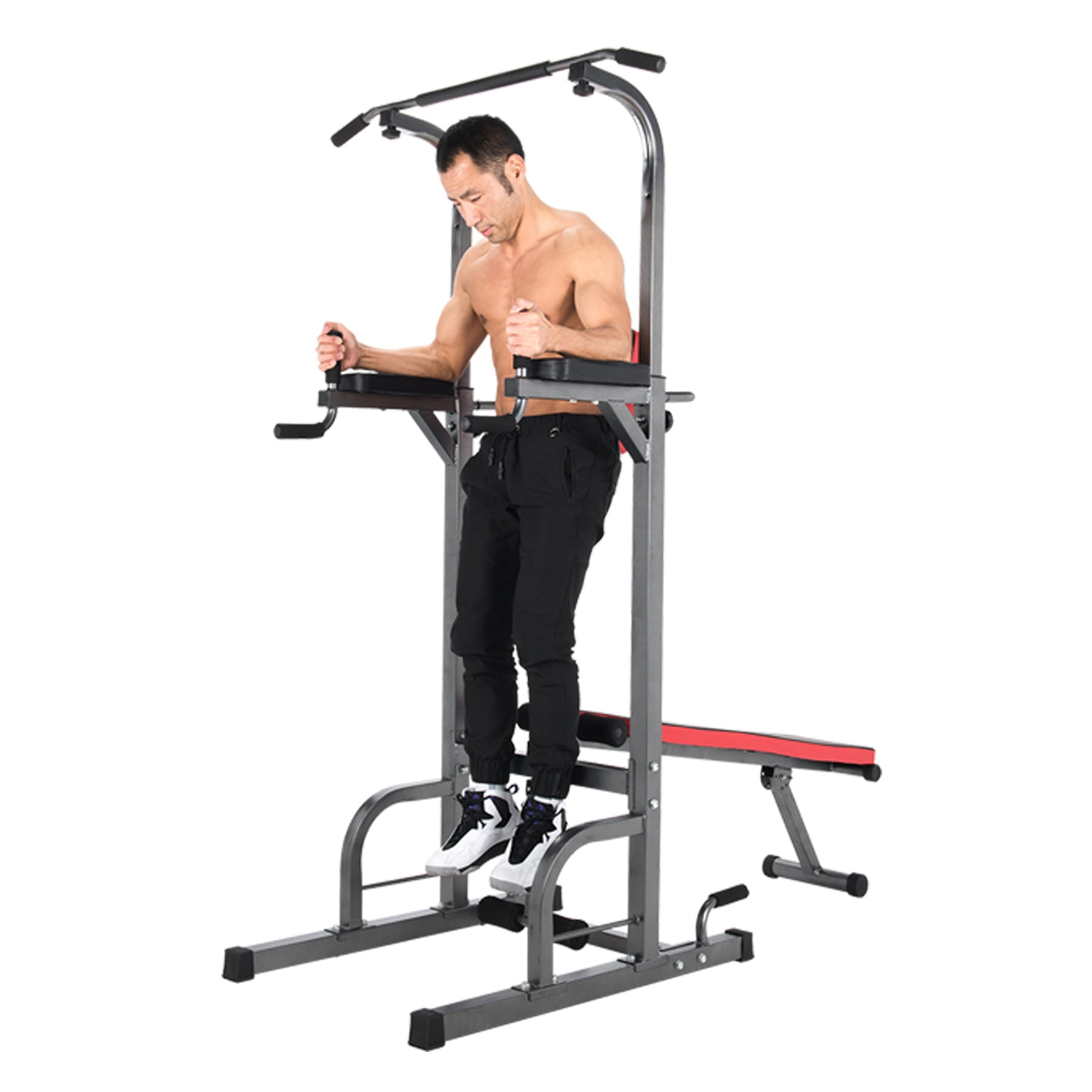
We call this function the power tower function. In fact, the function has finite values for positive x up to. It would seem that for x>1 this must blow up. Dish deployment database.Look at the function defined by an `infinite tower’ of exponents: Stirling and Brayton cycle engines are currently favored for power conversion, although dish has been seldom deployed commercially for power generation. Dish can attain extremely high temperatures, and holds promise for use in solar reactors for making solar fuels which require very high temperatures. The collected heat is typically utilized directly by a heat engine mounted on the receiver moving with the dish structure. These concentrators are mounted on a structure with a two-axis tracking system to follow the sun. Fresnel deployment database.Ī Parabolic dish system consists of a parabolic-shaped point focus concentrator in the form of a dish that reflects solar radiation onto a receiver mounted at the focal point. Like trough and tower, Fresnel can also incorporate storage in a power block, or generate steam for direct use. The mirrors are laid flat on the ground and reflect the sunlight to the pipe above. Similar to the long arrays of a parabolic trough CSP system, a Linear concentrating collector field consists of a large number of collectors in parallel rows. These are typically aligned in a north-south orientation to maximize annual and summer energy collection. As of 2018, 90% of the CSP in commercial operation is trough. The temperature of the heat transfer fluid flowing through the pipe, usually thermal oil, is increased from 293✬ to 393✬, and the heat energy is then used in the thermal power block to generate electricity in a conventional steam generator.Ī trough solar collector field comprises multiple parabolic trough-shaped mirrors in parallel rows aligned to enable these single-axis trough-shaped mirrors to track the sun from east to west during the day to ensure that the sun is continuously focused on the receiver pipes. In a parabolic trough CSP system, the sun’s energy is concentrated by parabolically curved, trough-shaped reflectors onto a receiver pipe – the heat absorber tube – running along about a meter above the curved surface of the mirrors. These possible energy storage materials range from air to sand particles, to alternative mixtures of chemicals. A heat transfer fluid heated in the receiver up to around 600✬ is used to generate steam, which, in turn, is used in a conventional turbine-generator to produce electricity.Ī great deal of research is investigating various other heat transfer or energy storage materials because of potential to attain higher temperature with resulting efficiency gains leading to lower costs. Power tower or central receiver systems utilize sun-tracking mirrors called heliostats to focus sunlight onto a receiver at the top of a tower. Increasingly, thermal energy storage is included, with various technologies used to store solar thermally.

There are four types of CSP technologies: The earliest in use was trough, and the fastest growing is tower. Solar thermal power plants: Heat, electricity and fuels from concentrated solar power(pdf) To understand the key role of CSP in completing the 100% renewable economy DLR, one of the world’s major solar research organizations has published: This ability to store solar energy makes concentrating solar power a flexible and dispatchable source of renewable energy. The heat can then be used to create steam to either drive a turbine to produce electrical power or it can be used directly as process heat for heavy industries’ manufacturing processes.Ĭoncentrating solar power plants typically integrate thermal energy storage systems to use to generate electricity during cloudy periods or for hours after sunset or before sunrise.

All Research Papers – SolarPACES Conference 2014Īll concentrating solar power (CSP) technologies use a mirror configuration to concentrate the sun’s light energy onto a receiver and convert it into heat.

All Research Papers – SolarPACES Conference 2015.All Research Papers – SolarPACES Conference 2016.All Research Papers – SolarPACES Conference 2017.All Research Papers – SolarPACES Conference 2018.All Research Papers – SolarPACES Conference 2019.SolarPACES Annual Conference Proceedings.



 0 kommentar(er)
0 kommentar(er)
